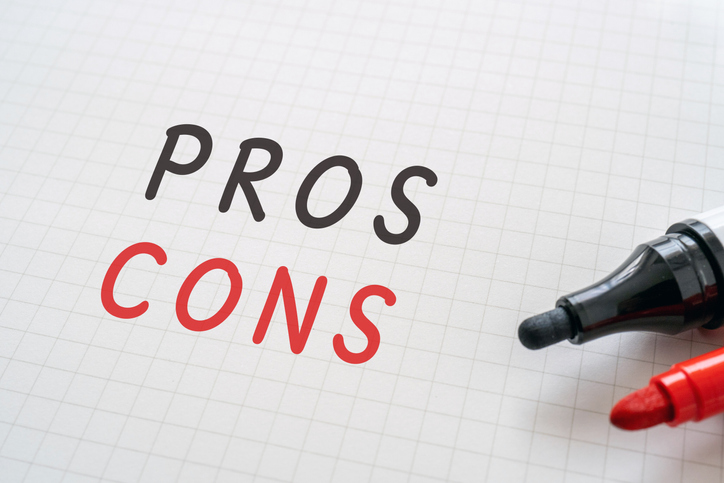Pension drawdown, also known as income drawdown or pension withdrawal, has become an increasingly popular option for retirees seeking more flexibility and control over their pension funds. This approach contrasts with the traditional annuity, where a fixed income is provided for life. As with any financial decision, a pension drawdown comes with its own set of advantages and disadvantages.
Pros:
Flexibility:
- Income Control: Pension drawdown provides flexibility in terms of how much income you can withdraw each year. This flexibility is beneficial for those who have varying financial needs throughout retirement.
- Capital Preservation: With careful planning, pension drawdown allows you to manage funds in a way that may preserve capital for future generations.
Investment Opportunities:
- Potential Growth: Unlike annuities, which offer a fixed income, pension drawdown allows your pension pot to remain invested. This creates the potential for further growth, although it comes with associated investment risks.
Death Benefits:
- Inheritance: If you pass away, any remaining pension funds can be passed on to your heirs. This contrasts with annuities that typically cease upon the death of the annuitant.
Tax Efficiency:
- Tax Planning: With careful planning, you can manage your withdrawals to potentially reduce your overall tax liability.
Cons:
Investment Risks:
- Market Volatility: Since a pension drawdown involves keeping funds invested, it exposes you to market fluctuations. A poorly timed market downturn could significantly impact your retirement income.
Longevity Risk:
- Outliving Savings: With pension drawdown, there is a risk of withdrawing too much too soon, especially if you live longer than expected. Annuities, in contrast, guarantee income for life.
Complexity:
- Financial Management: Managing investments and making decisions about withdrawal rates can be complex. Some retirees may prefer the simplicity of a fixed annuity payment.
Inflation Impact:
- Purchasing Power: If withdrawals are not adjusted for inflation, there is a risk that the purchasing power of your income may decrease over time.
Administrative Costs:
- Fees and Charges: Pension drawdown plans often come with various fees, such as investment management fees and administrative costs. These can erode the overall value of your pension fund.
Uncertain Income:
- Variable Income: Unlike annuities, which provide a fixed income stream, pension drawdown income is not guaranteed. Fluctuating investment return can lead to variability in income.
Conclusion:
Pension drawdown can be a powerful tool for retirees seeking flexibility and control over their retirement income. However, it is not without risks. The decision to opt for pension drawdown or another retirement income option should be based on individual circumstances, risk tolerance, and financial goals.
Seeking advice from financial professionals is crucial to ensure that the chosen approach aligns with your specific needs and circumstances, balancing the advantages of flexibility with the potential downsides of market risk and increased complexity.

